widget
Ideal_Rock
- Joined
- Nov 12, 2004
- Messages
- 4,255
JCDC..
LOL..we really should move this conversation over to the colored gemstone forum where there''ll be someone who knows what they''re talking about!

I do know this much: A natural pearl is formed inside an oyster when some foreign irritant (a grain of sand, or whatever) gets inside the shell and bugs the creature. In defense, the creature starts coating the irritant with a pearly substance, nacre. Eventually, often years later, you have a natural pearl.
A cultured (not cultivated
 ) pearl is the result of humans raising the oysters, implanting the irritant inside the shell, returning the oyster to the ocean to do its nacre thing, and harvesting the pearls later. Obviously, the bigger the irritant (a bead, perhaps) the less time and the less nacre it takes to produce a decent sized cultured pearl.
) pearl is the result of humans raising the oysters, implanting the irritant inside the shell, returning the oyster to the ocean to do its nacre thing, and harvesting the pearls later. Obviously, the bigger the irritant (a bead, perhaps) the less time and the less nacre it takes to produce a decent sized cultured pearl.
Before they learned how to culture pearls, they were VERY RARE and only Royalty and the very wealthy could afford them. Can you imagine how hard it would be to find even two natural pearls that matched?? Let alone enough for a strand?
widget
LOL..we really should move this conversation over to the colored gemstone forum where there''ll be someone who knows what they''re talking about!

I do know this much: A natural pearl is formed inside an oyster when some foreign irritant (a grain of sand, or whatever) gets inside the shell and bugs the creature. In defense, the creature starts coating the irritant with a pearly substance, nacre. Eventually, often years later, you have a natural pearl.
A cultured (not cultivated

Before they learned how to culture pearls, they were VERY RARE and only Royalty and the very wealthy could afford them. Can you imagine how hard it would be to find even two natural pearls that matched?? Let alone enough for a strand?
widget









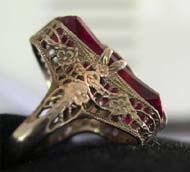
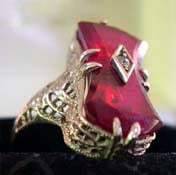






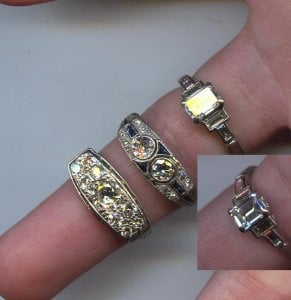





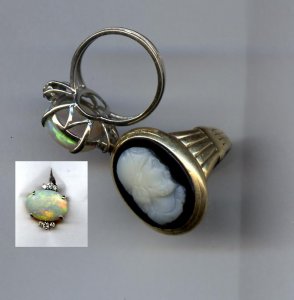


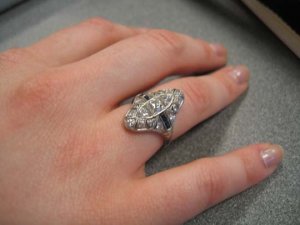


300x240.png)